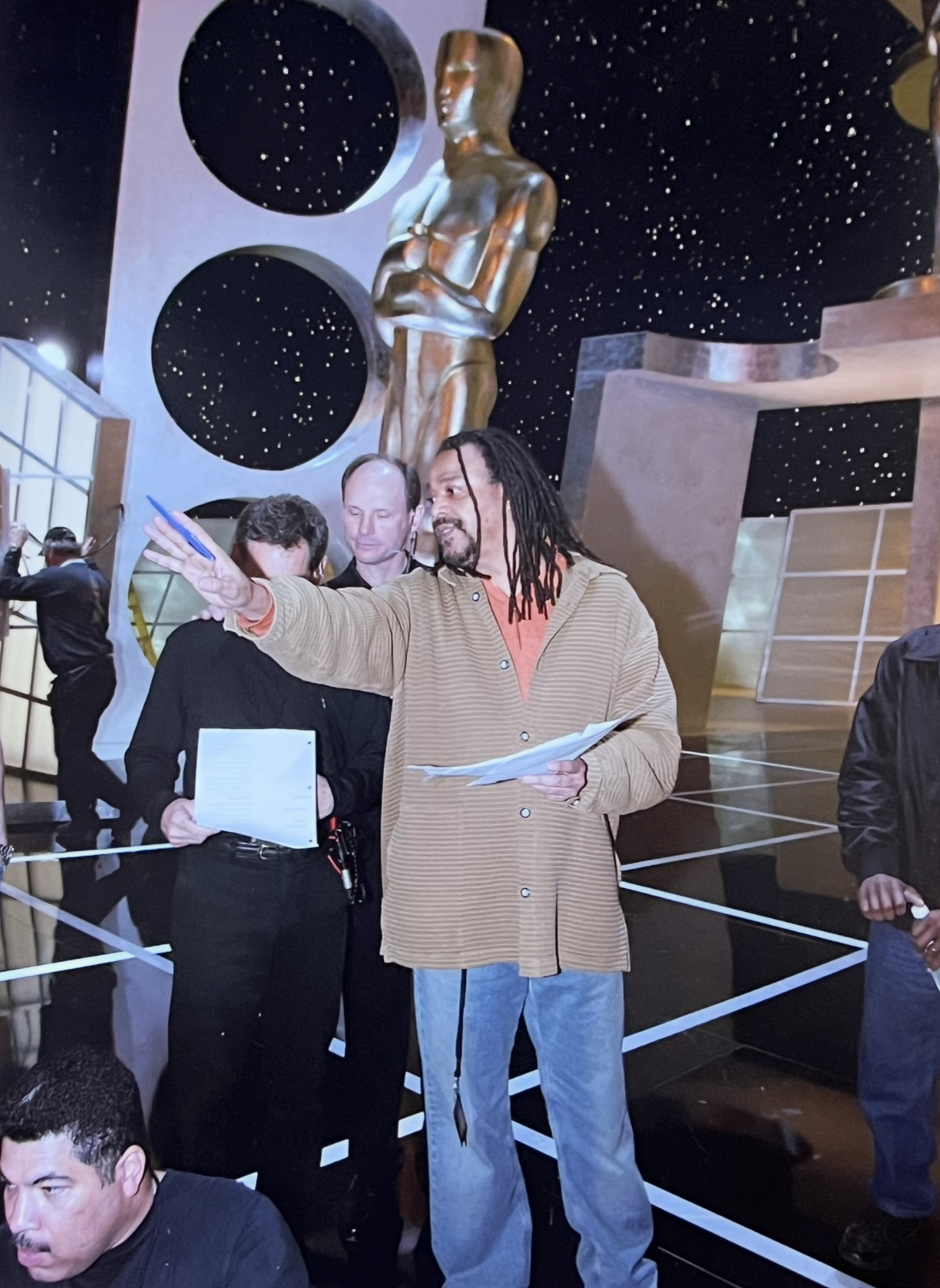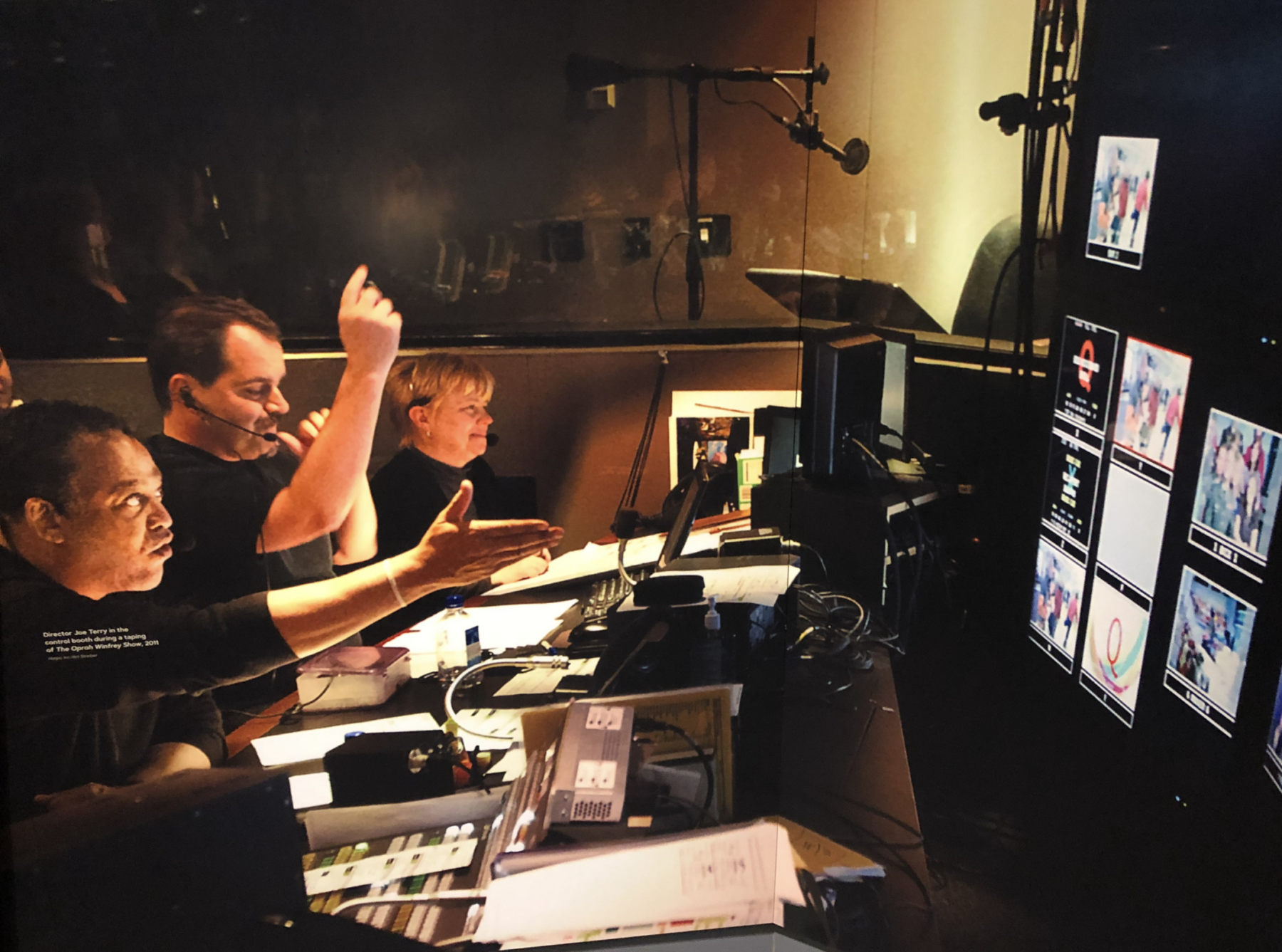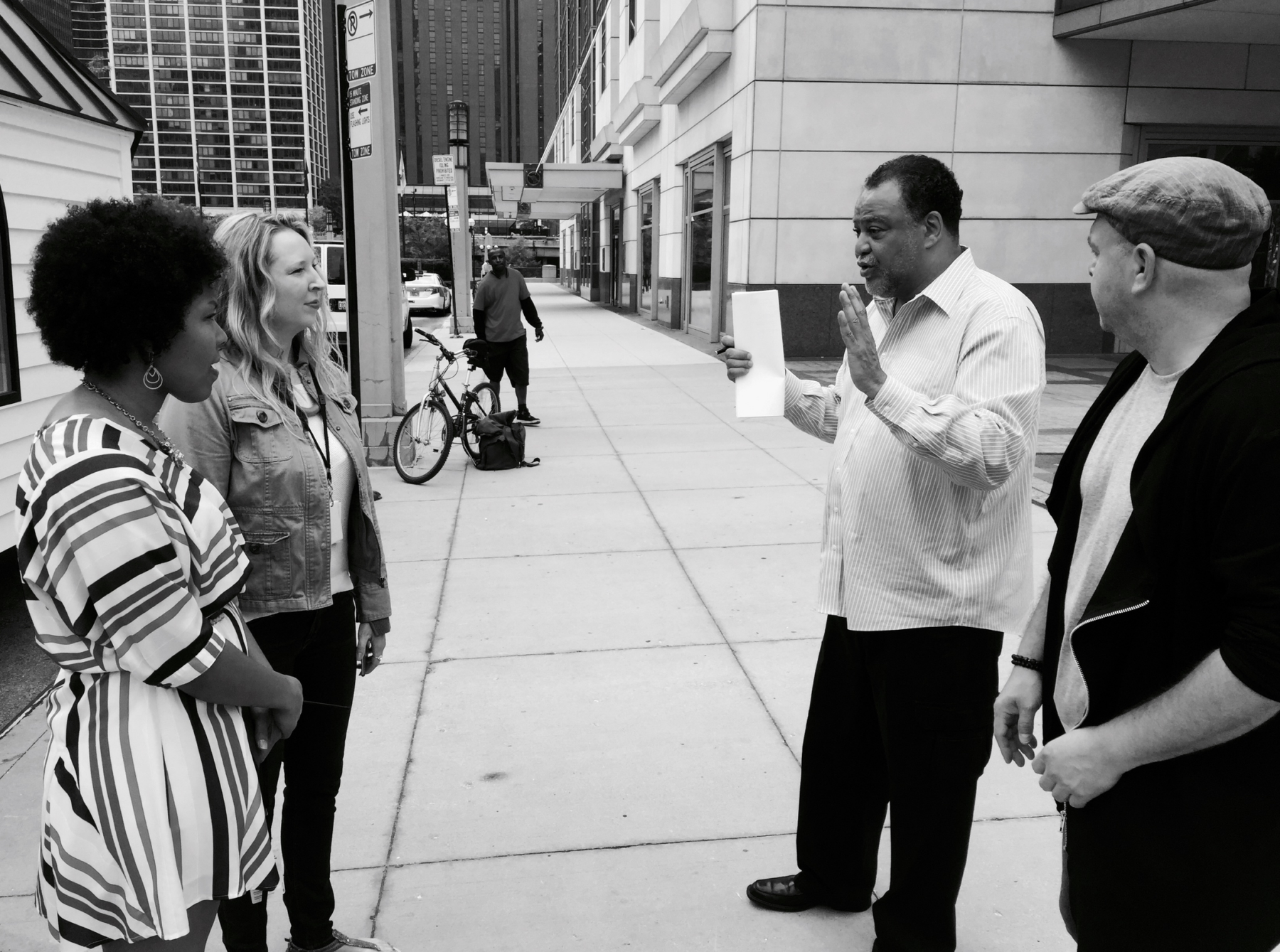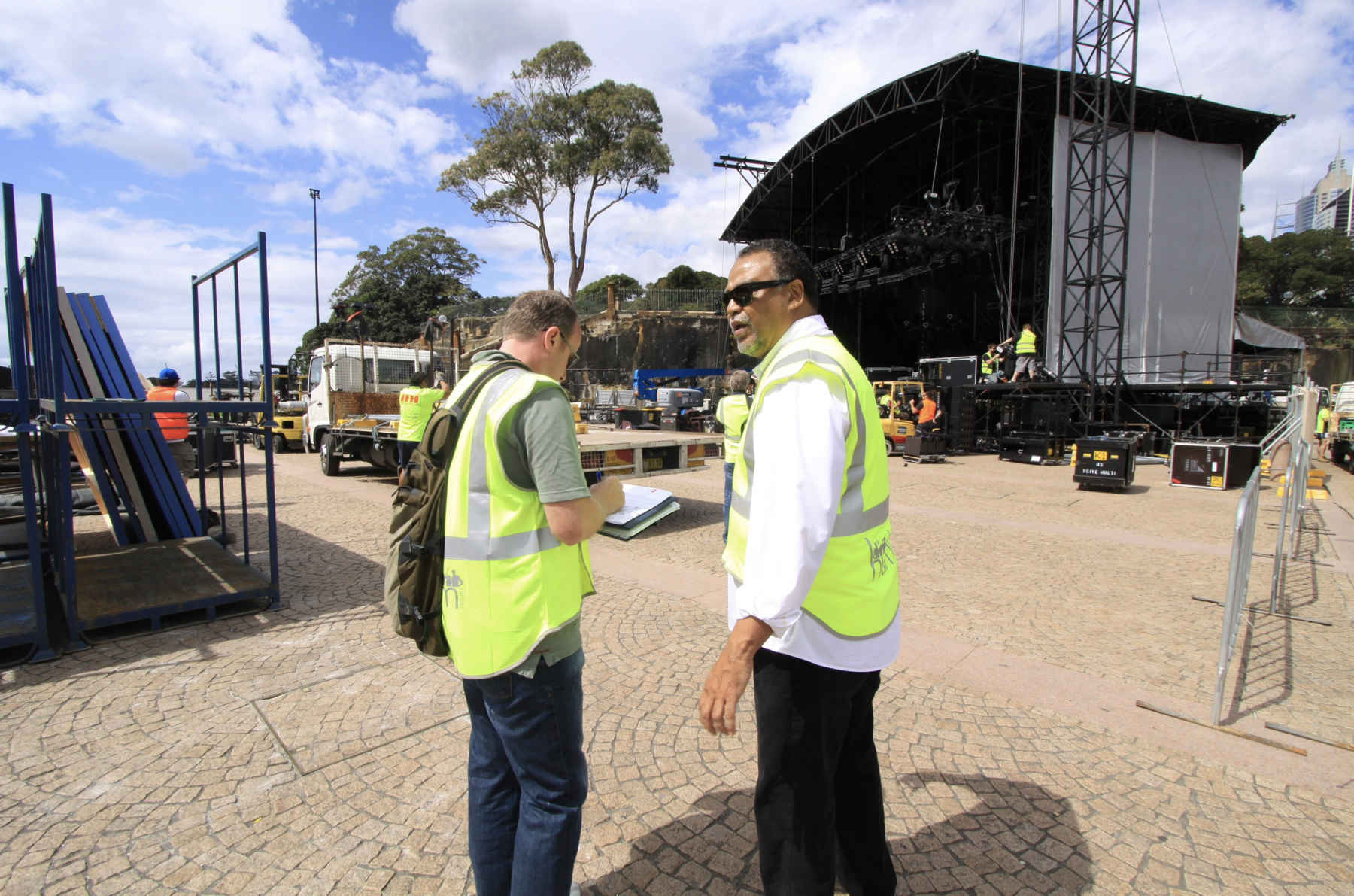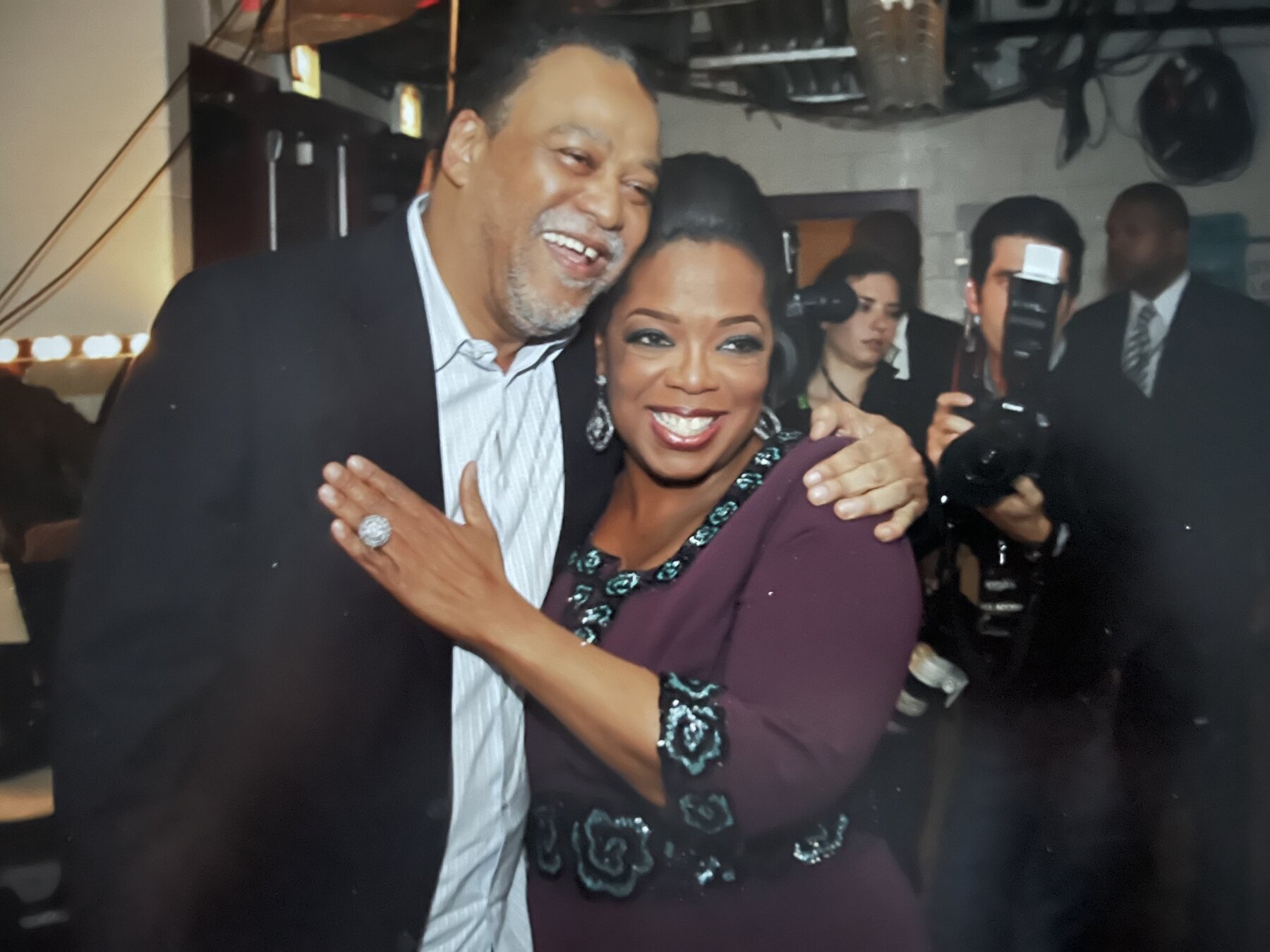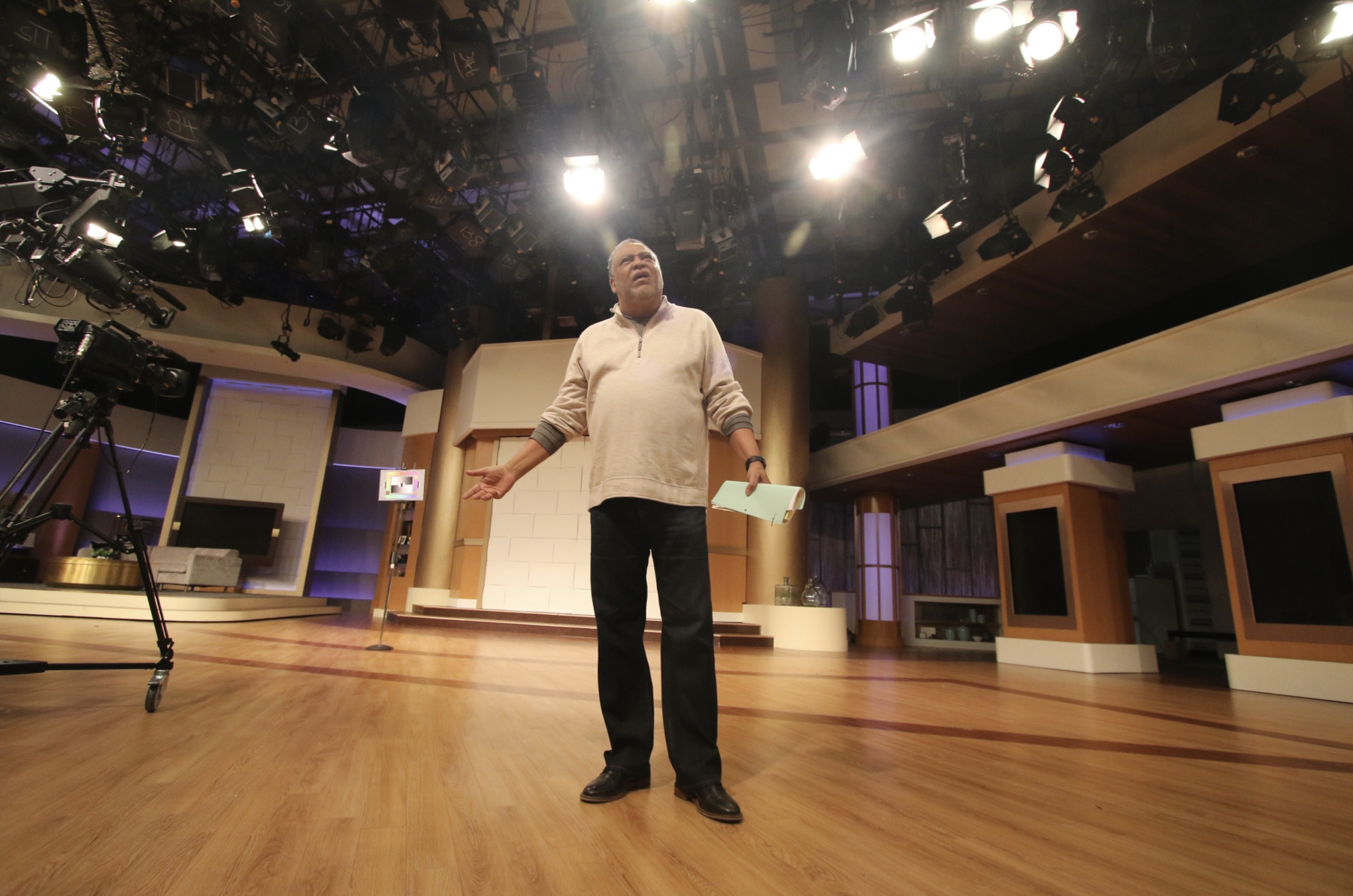As the director of some of the biggest talk shows in TV history, Joe Terry has seen it all. The Emmy winner directed 13 seasons of giveaways, book clubs and couch-jumping guests on “The Oprah Winfrey Show.” He also knows what happened behind the scenes of “Steve Harvey” and “The Maury Povich Show.” Now, as the director of “The Kelly Clarkson Show,” Terry makes sure to get to the heart of the host’s conversation with guests.
“I will let people tell their story, and I want them to do that,” said Terry, who began his career in Philadelphia in the 1970s. “I’m always looking for emotion.”
NBCU Academy followed Terry for rehearsals and a recent taping of “The Kelly Clarkson Show.” To understand the director’s role in daytime TV, watch the video above and read more from Terry’s interview with NBCU Academy below.
What does a director do?
A director is a very important part of bringing the vision of producers and storytellers to fruition. My approach is always to hear what the producer wants, and then I will add to it, and we come to a meeting of the minds. My main responsibility is that I’m a storyteller. All of the elements that go into the show, I am interpreting what’s going on on the stage to give you a feeling.
How do you direct for different kinds of segments?
It’s hard to explain, but it’s an energy. It’s a feeling that I have. As the energy rises, and if there’s a guest where they’re ping-ponging back and forth, there’s a more energetic cut. If there’s something that’s a difficult topic, the pace slows down. I’m still taking different shots, but not at an intense pace, because the story is important.
Countless times, a guest is telling a story, and Kelly [Clarkson] is affected. I want people to know that this is affecting her, and then it affects people. If Kelly’s doing something with people on the panel, she gets surprised, whatever emotion there is, that’s what I am after, that’s what I want to capture.
What direction are you giving the crew before a musical guest performance?
For the studio crew, I’m communicating where the cameras need to be. Whenever a group comes — a musical act, or a Broadway act — usually I’ll get some type of reference video, just to know what it is that we’re trying to accomplish. And then I like to see them do it once, and I watch to see what they do. I spec all of that stuff out — where the cameras go — to capture what we want to capture. We have a very small window of rehearsal time, so we rehearse the entire day in the morning.
Who are you talking to in the control room?
I’m speaking to the cameras, to the graphics person, to the tape operators, to lighting, to everybody on this crew. They can hear me. I empower them to be a part of this. They know what to do. They know who to shoot. They listen. If you listen to what’s going on out here, it’ll tell you exactly where to go and what to shoot. I know a little bit about everything, but that doesn’t mean I’m trying to run everybody’s area or their expertise, so I trust everybody who works with this show, and I empower them.
How did you get involved in directing “The Kelly Clarkson Show”?
I had no intention of doing this show. [Executive producer and showrunner] Alex [Duda] is a good friend of mine, so when she asked me to come talk to her about doing the show, I did it. But I met Kelly and, my God, I fell in love with her. We talked for a couple of hours, laughing and getting to know each other. And it’s true, she is tremendous and just the sweetest person.
I always say, “I’m chasing that perfect show.” In terms of being a perfect show for me, for now and this time of my life, “The Kelly Clarkson Show” is the perfect show.

